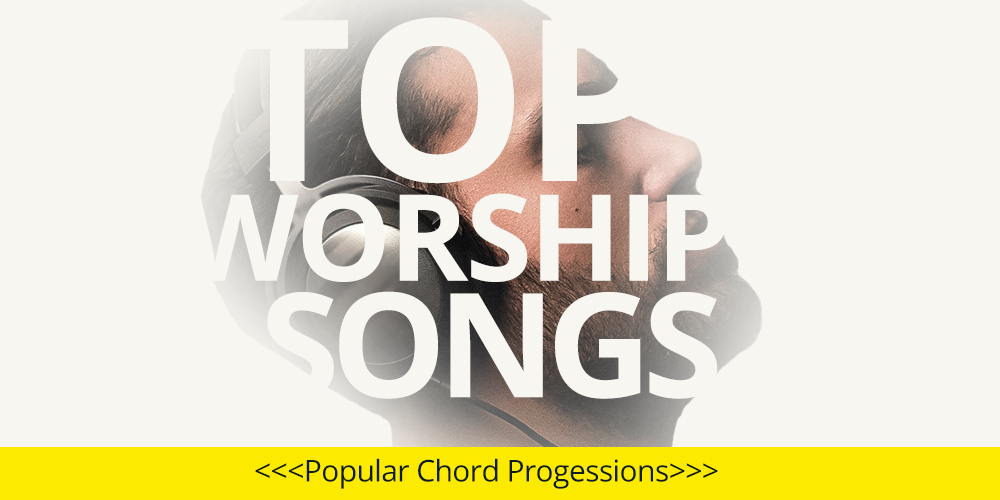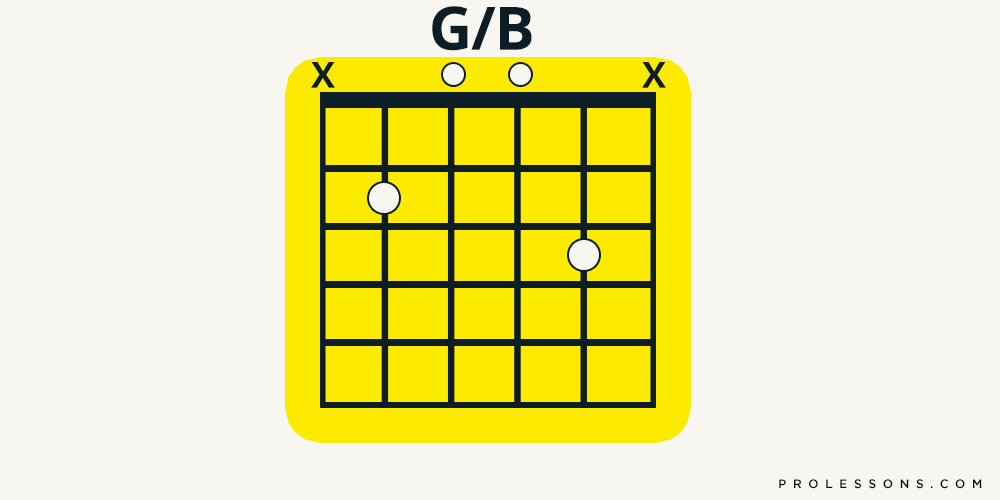FREE LESSON
PHIL KEAGGY - Grammy nominated and seven-time Dove Award winner, is one of the world’s great guitar players and a pioneer in contemporary Christian music.

Today, we're going to look at a few of the top worship songs of the past few decades and, more specifically, what chord progressions are being used. When you listen to these songs, the most engaging parts are the words and melodies. Those are the parts that really sticks with you because there are a lot of meaningful prose and beautiful melodic phrasing. In juxtaposition, the chord progressions are usually very similar and common. They are usually the simplest, most common parts of these incredible songs of faith.
In order to understand what's going on musically in these top worship songs, you must first understand how the number system works. Here's a great video by an incredible guitarist who knows a thing or two about worship songs:
Basically, you take a major scale and assign a number to each note in the scale. We'll take C major as an example, as it is one of the most popular keys in worship and it's the original key of several of the songs we'll look at today. The notes in C are as follows:
C D E F G A B
When you make chords out of them, the C is the 1 chord. To stay in the key of C, we'll use the D minor chord, which is referred to as the 2 minor, the 3 minor chord is E minor. The 4 chord is F. The 5 chord is G. The 6 minor is A minor. And the last chord is a total mystery.
Okay, the 7 chord is a mystery to most, but we're going to take this fun little H2 header to explain it, and we might even throw in one of the top worship songs, which includes the seven chord so that you get some use out of this knowledge.
The natural chord that occurs at the seventh degree is a minor chord with a flat fifth. It's a pretty nasty sounding little chord that most songwriters avoid like the plague and/or bill collectors. The tension in this chord can be used to great effect in styles that thrive on tension and release, like jazz and flamenco. But since there aren't a lot of top worship songs in flamenco, we'll show you how worship writers side step this little monster.
It's called a compound chord when you use the notes from one chord with a different root note and it's written like a fraction. In the key of C, our 7 chord is G/B. When you say it, say "G over B". When you play it, play a G chord but use the note B as your root. Like this:

Now that you know all of the chords in C and what they're corresponding numbers are, let's take a look at two of the most popular worship songs ever written, "How Great Is Our God" and "How He Loves".
Let's look at How great is our God, first. This is based on the ever popular 1-6-4-5 progression. It starts with two bars of the 1 chord. Then two bars of the 6 chord. After that, it's one bar each of the 4 and 5 chords, respectively. Then, right back to the 1 chord for two bars.
There is a passing chord in "How Great Is Our God". It happens at the end of bar 2 in the transition from the one chord, to the six minor, and it's ...(drum roll please)...the seven chord. Boom! I knew we could work that in somewhere.
Now let's check out "How He Loves". This song is a 1-6-5-4. Notice the similarity to How Great. Same exact chords, just a different order. There are some rhythmic differences, as well. Most notably, "How He Loves" is in 6/8 time and "How Great Is Our God" is in common time, or 4/4. 6/8 can be a little hard play at first, but don't let that trip you up. Here's a great video where you can learn some strumming patterns to help you master this important time signature:
Next time someone tells you all worship songs are the same four chords, ask them to play "Oceans (Where Feet May Fail)". One of the top worship songs of the past ten years, this song is incredibly well written. Beautiful melodies and poetic lyrics over a great series of chord progressions. It's time to put your thinking cap as we look at "Oceans", which uses six of the seven chords in the diatonic scale.
Let's take a look at the original key for "Oceans", which is D. The notes in D are as follows:
D E F# G A B C#
Now let's apply the number system to the key of D. D is your 1 chord, E minor is your 2 minor, F# minor is your 3 minor, G is your 4 chord, A is your 5 chord, B is your 6 minor, and we'll use an A/C# chord as your 7 chord.
Pro Tip: Even though your 2, 3, and 6 chords in a major scale are minor chords, the Nashville Number System requires you to say 2 minor, 3 minor, 6 minor. The reason for this is that a lot of songwriters take liberty with the gender of these chords and replace them with their major counterparts. See Toby Mac's "Made To Love" video for a great example of prominent use of a 3 (major) chord.
Here is the progression for "Oceans":
Intro and verse: 6 7 1 5 4
Chorus: 4 1 5 4 1 5 4 1 5 4 5 6
Bridge: 6 4 1 5
Bridge: 2 4 1 5 2
For the over achievers out there, just use a D/F# in place of any of the 1 chords. Now you have all 7 chords in one song... Ahhhhh, completion.
Speaking of the satisfaction of completion, That will wrap up our look at progressions in top worship songs. We took a look at two very "in the box" songs, and one song that refuses to believe there is a box. As you learn more and more about music and how it works, it's very important to not look down on simplicity. There is beauty in the simple, and beauty in the complex.
The driving force of any great song is the lyric and melody. How tastefully you frame that says a lot about you as a musician. You can make it simple and accessible, or you can make it more involved and engaging. But it always works best when it's complimentary to the message of the song.
If you would like to learn the top worship songs from the actual pro's that play them night in and night out click the link below. See ya soon.